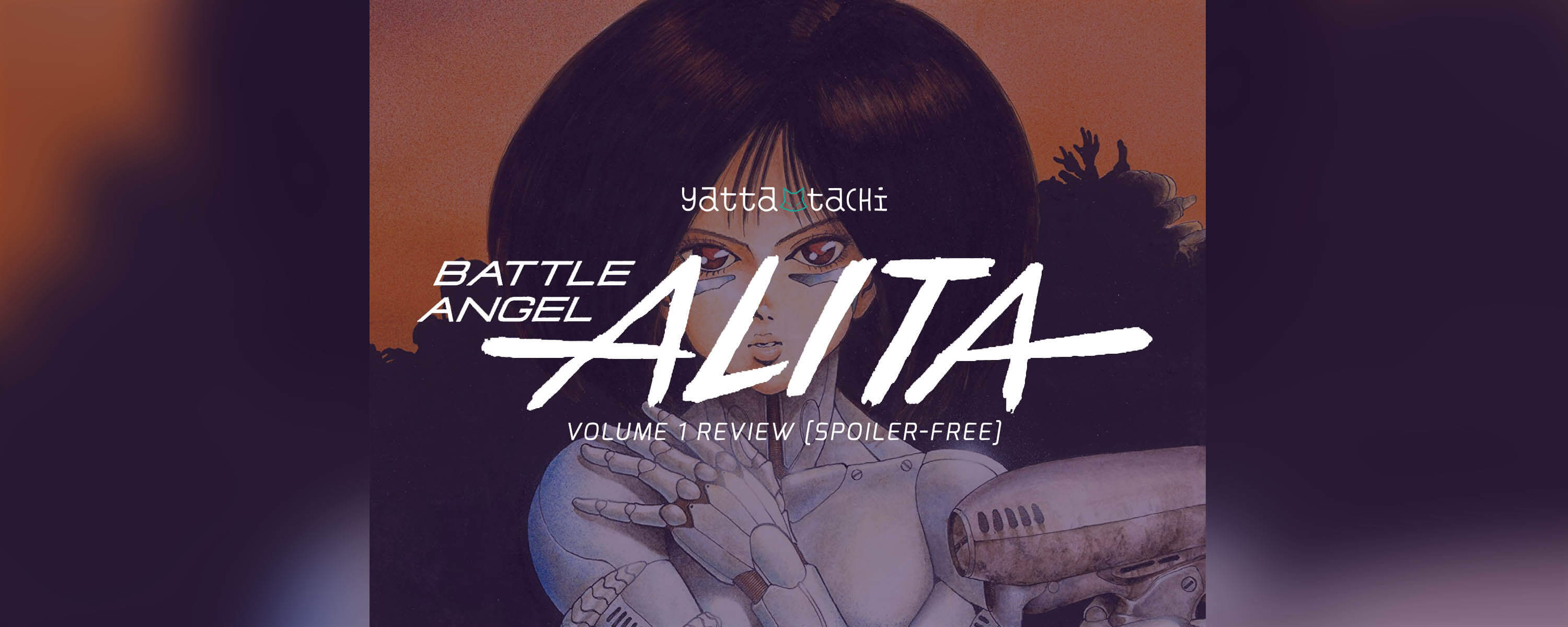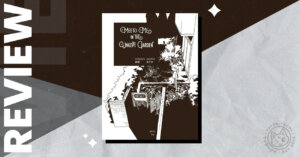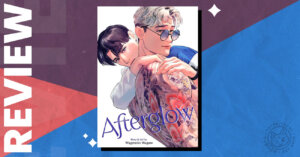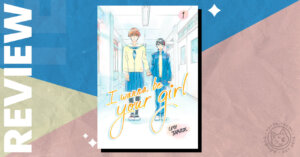Every genre of fiction has its pillar properties – the earliest, the most influential, the most notorious. In most cases, anime and manga are derivative of these pillars. In the grand scheme of things, anime and manga are pretty new to the fiction game. But cyberpunk is a special case. Cyberpunk is a relatively new subgenre of sci-fi, and anime and manga are its pillars. Aside from William Gibson’s novel Neuromancer, and arguably Philip K. Dick’s Do Androids Dream of Electric Sheep? and its film version Blade Runner, the works usually cited as the progenitors of cyberpunk are just about all manga. Among the best known are Akira, Ghost in the Shell, and Gunnm, better known in the West as Battle Angel Alita.
The story goes like this: Far in the future, there’s a massive floating city called Zalem, where the elites of society live. Beneath Zalem lies the Scrapyard, essentially a miles wide pile of Zalem’s trash and home to the second class citizens of this world.
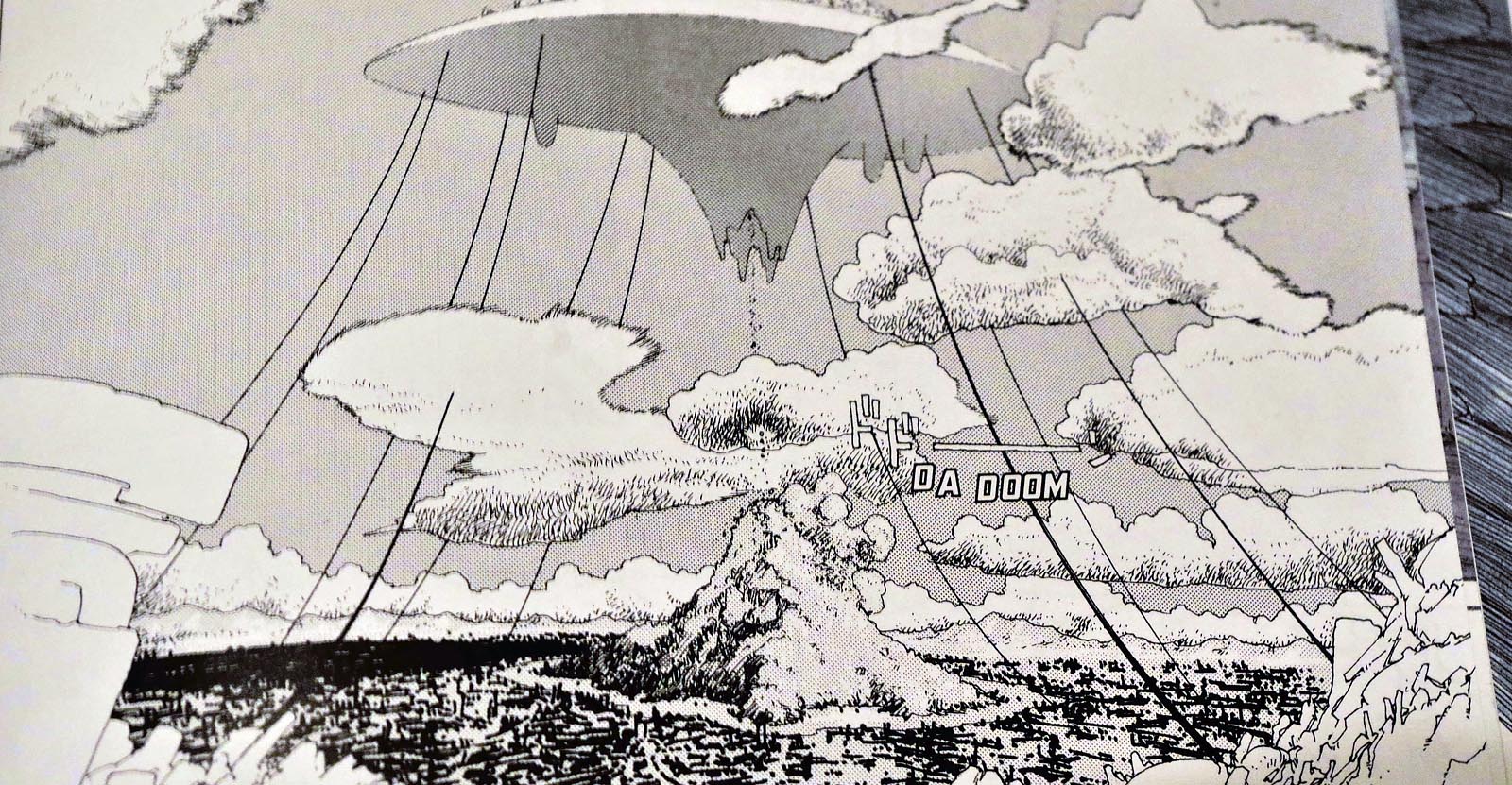
Daisuke Ido, a cyborg doctor, is one of them. One day while combing through heaps of scrap metal for parts, he stumbles across the mostly intact head and torso of a young female android. When Ido powers her up, her memories are missing. He names her Alita after his recently deceased cat and sets about reconstructing her, hoping she’ll remember her real name. Alita spends most of her time struggling to reconcile her very human desire for peace, love, and understanding with the fact that her body is a finely tuned killing machine.
These days manga are mostly published in a way that mimics the Japanese tankōbon releases as closely as possible, but in the 90’s, when Battle Angel Alita was first published in America, things were different. It was originally released by Viz as monthly single-chapter floppies (like superhero comics) instead of as part of an anthology magazine like in Japan. Later it was collected in left-to-right reading graphic novel editions. In each case, it was heavily localized. Alita’s name was changed from her original Japanese name, Gally. The names of locations were changed too; for example, Jeru and Zalem were changed to Ketheres and Tiphares.
The Good
Even though Battle Angel Alita ascended to classic status, the old editions have been out of print for a very long time. Many younger manga fans, myself included, have never had the opportunity to read them. But now Kodansha Comics is releasing Battle Angel Alita in 2-in-1 hardcover omnibuses, and man, are they beautiful.
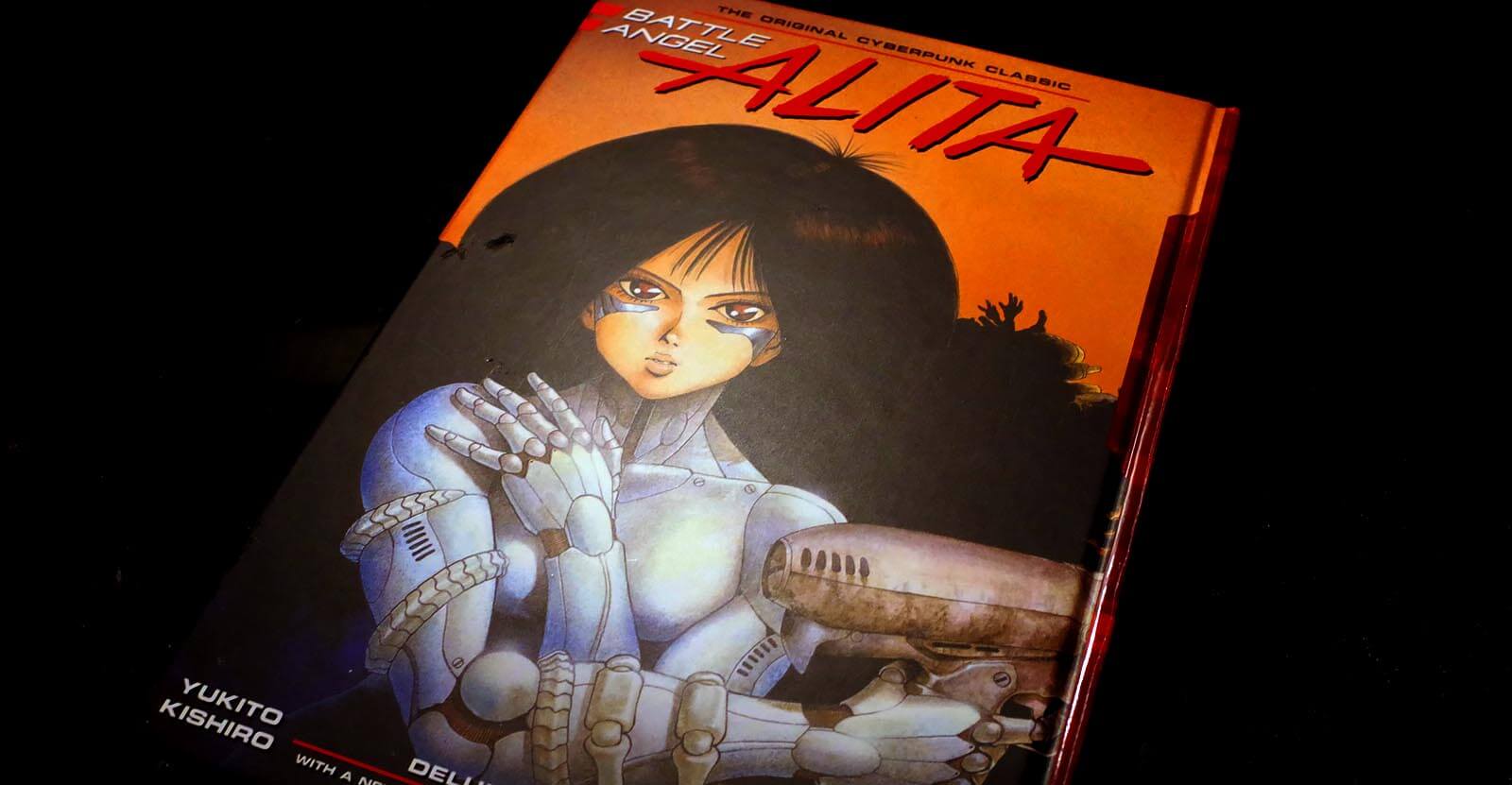
Physically speaking, this first volume is quite possibly the single highest quality manga release I’ve ever seen. The pages are thick and glossy, there are color pages scattered throughout, the binding seems sturdy, and the cover art is striking. There’s also a new introduction from Brenden Fletcher, the writer of Motor Crush and Batgirl, that speaks to Alita‘s influence on Western comics.
The art inside is just as good as the art outside. Author Yukito Kishiro seems to favor using cross-hatching rather than screentone whenever possible, which gives the art a sketch-like vibe. That’s not to say it’s rough or loose though. The action, of which there is a lot, is precise, kinetic, and easy to follow from panel to panel. Aside from some establishing shots, it’s pretty light on backgrounds. Kishiro makes up for it with his absurd level of foreground detail, especially when it comes to gore. Since so many of the characters are cyborgs, blood and guts are often replaced by gears, wires, and intricate tubing spilling from wounds, to unsettling effect.
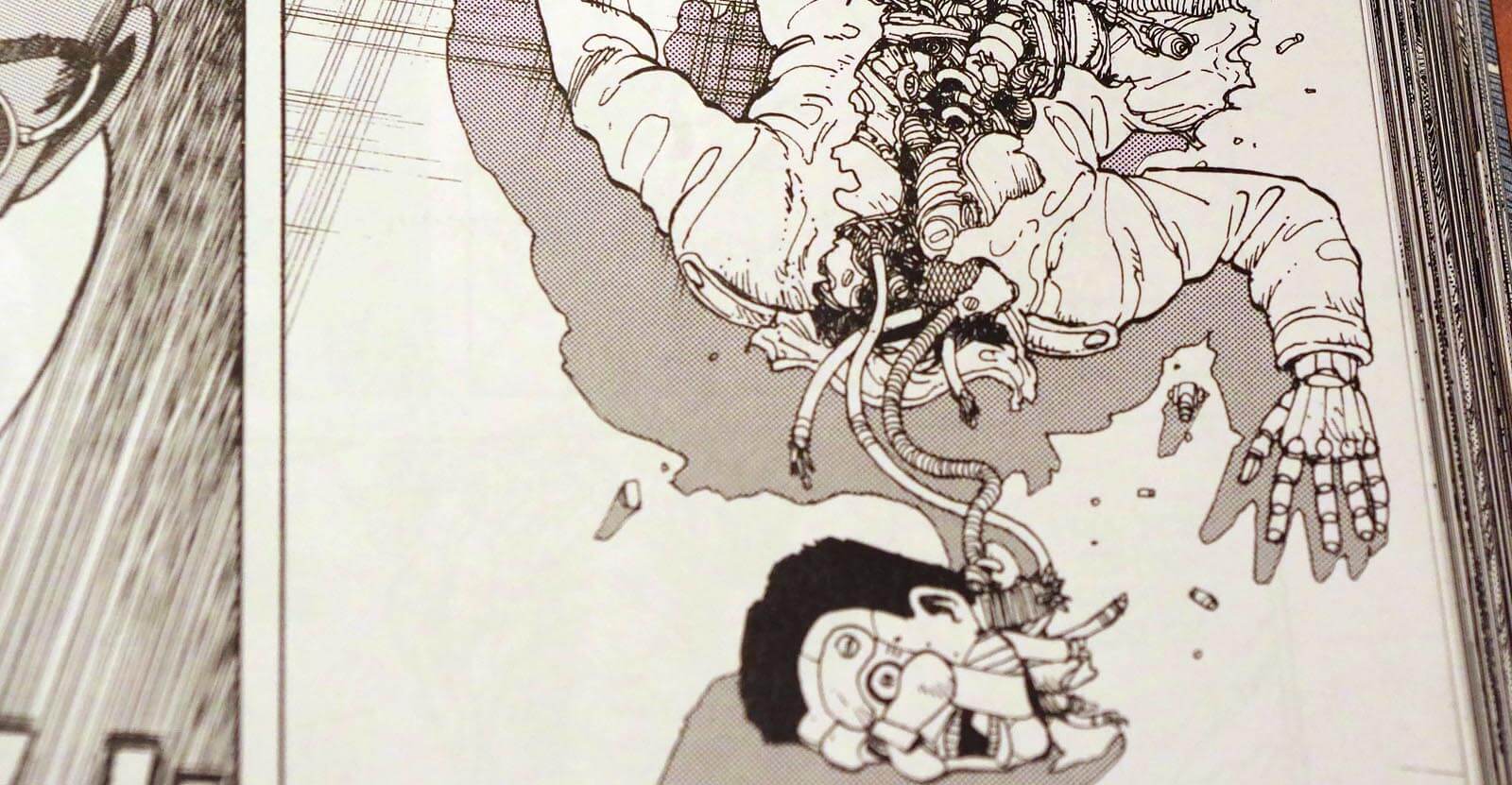
The Questionable
The character designs are perhaps the only sticking point for me art-wise. Battle Angel Alita is obviously a product of its time. Alita’s hair, for example, is HUGE. What kind of conditioner do they have in the future that gets you volume like that?
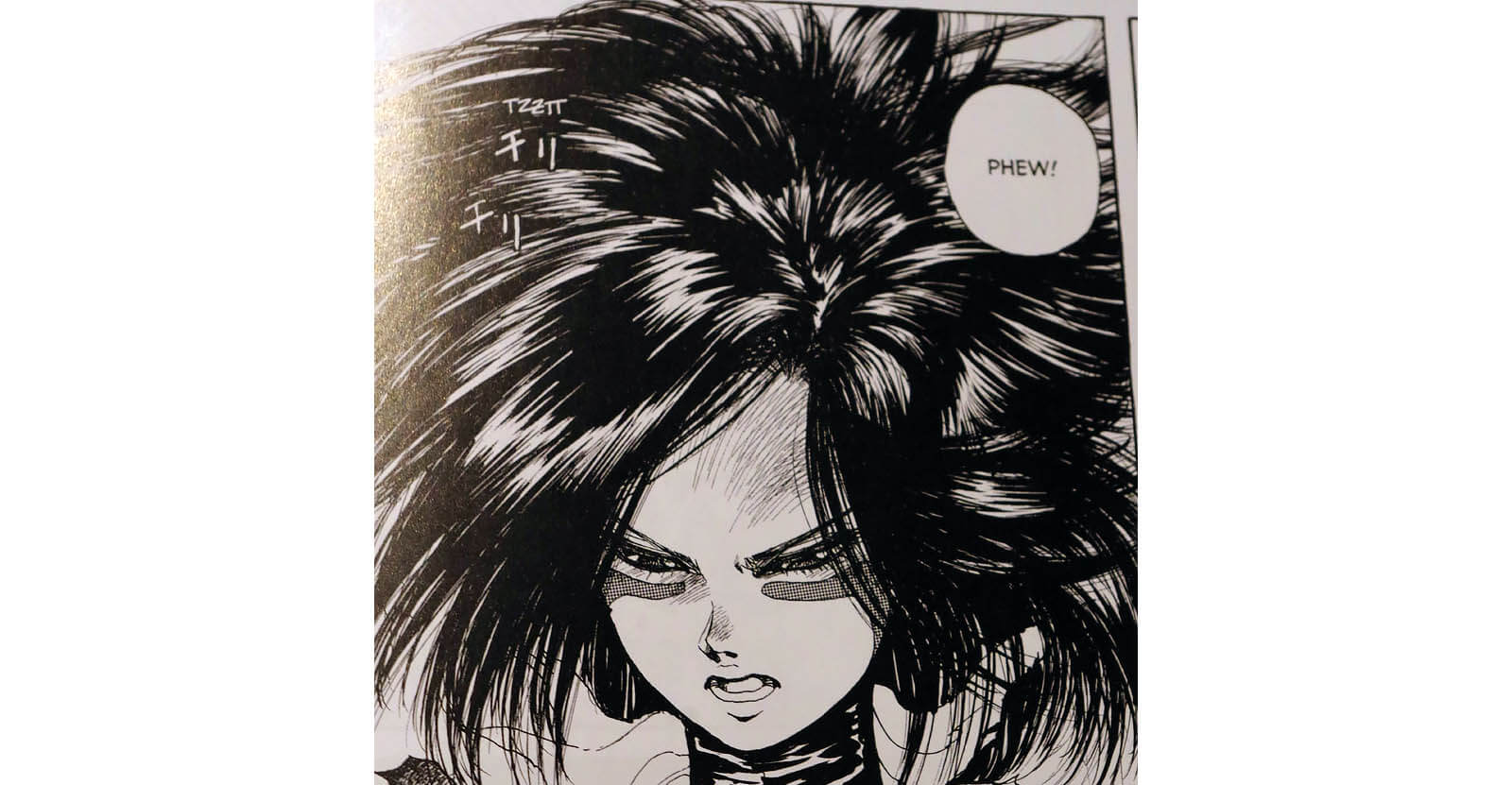
Ido and many of the other male characters have super tall foreheads and three-mile chins. Most characters’ heads look kind of silly, even for anime heads, and even more so because Kishiro’s grasp of anatomy is great otherwise. I was raised on post-2000’s style art, so this is not my cup of tea. I can’t hold that against this comic, though. Everyone looked like that back then.
More Good
The plot is mostly episodic across these first two volumes, with the beginnings of an ongoing thread introduced in the second. Alita and Ido make their living as bounty hunters, and Alita spends a lot of her time fighting new bounties each chapter. She also spends some time contemplating her humanity. Most of her thoughts of this nature revolve around Yugo, the nice spine stealing street urchin boy she meets late in the book. She is immediately smitten and immediately aware of the potential dangers of android-on-human romance, like how easy it would be to accidentally kill him with her super strength. This quickly develops into a complex as Alita wonders whether an android can really love, whether a human could ever love an android, and whether, as a living weapon, she’s deserving of happiness at all.
These ideas and the mechanical body horror throughout the book have become standard themes of cyberpunk by now, although they were novel at the time. What still feels fresh is the pacifism. Alita is designed for murder, how to murder is all she remembers of her previous life, murder is her only option for making a living, and some kind of murder sport is broadcast as entertainment in the Scrapyard.
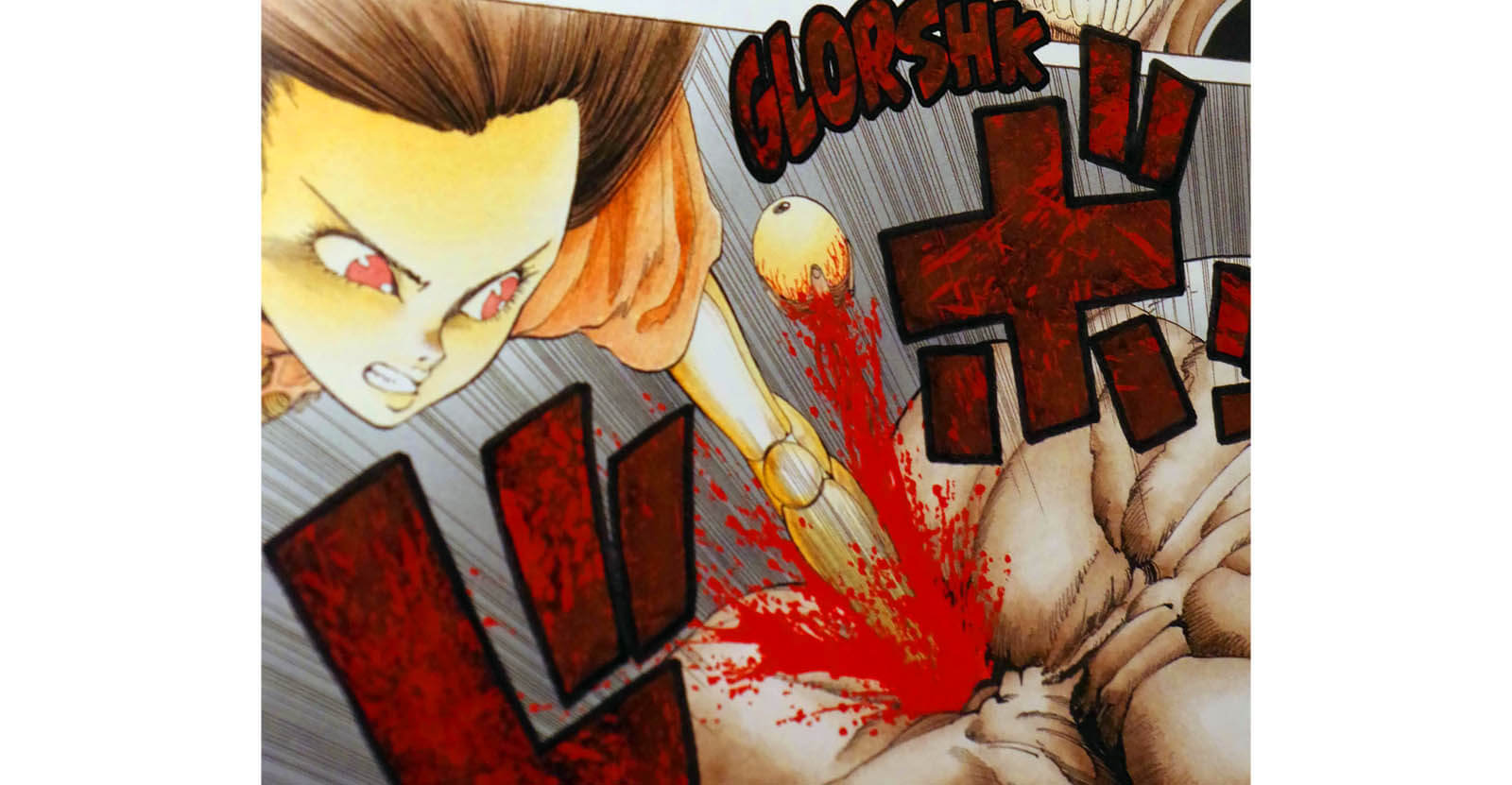
But where a lesser creation might have wallowed in the bloodshed, Battle Angel Alita tries its damnedest to stay optimistic. Ido treats Alita like his daughter and works desperately to keep violence out of her life. When it inevitably seeps in, Alita tries not to kill whenever possible and mourns every death, no matter how deserved.
Kishiro touches upon several other themes as the book goes on, such as classism and capitalism, but Alita’s pacifist inclinations are the only philosophical ideas that get any kind of follow-through. It’s kind of disappointing, as cyberpunk is usually rife with insight about these kinds of things, but this is only the first of presumably five books, so it’s easily forgiven.
The Verdict
Battle Angel Alita is hugely influential and is a classic for a reason. It may not deliver on everything it promises in this first volume, but it will hook you for the long haul. With the live-action movie coming out later this year, these new editions are a great opportunity to get into the franchise on the ground floor. If you’re a fan of introspective sci-fi, old school anime, are just looking for a solid action story, or if you like pretty books on your shelf, this is a must buy.
If you wish to purchase a copy of Battle Angel Alita Vol. 1, the book is available to order on Amazon.
Disclaimer: A review copy was provided by the publisher, Kodansha.

Featured Sponsor - JAST
The sweetest romance and the darkest corruption, the biggest titles and the indie darlings; for visual novels and eroge, there's nowhere better.
Big thank you to our supporters
From their continous support, we are able to pay our team for their time and hard work on the site.
We have a Thank-You page dedicated to those who help us continue the work that we’ve been doing.
See our thank you page